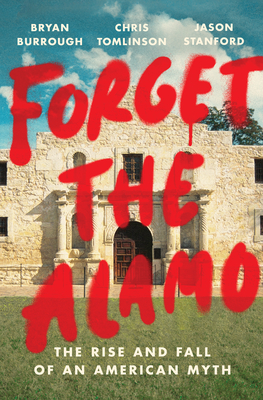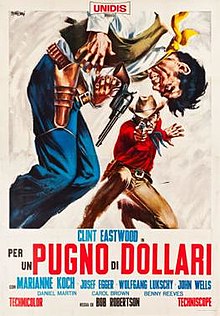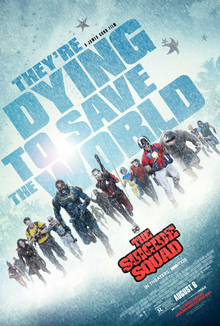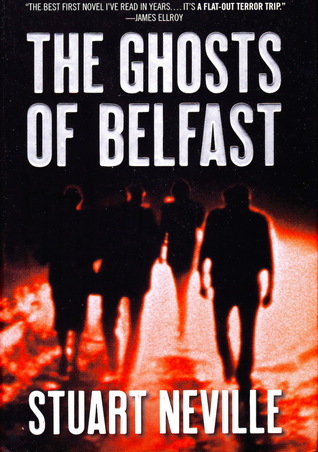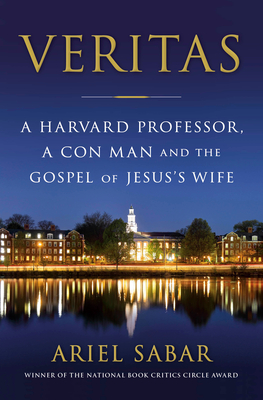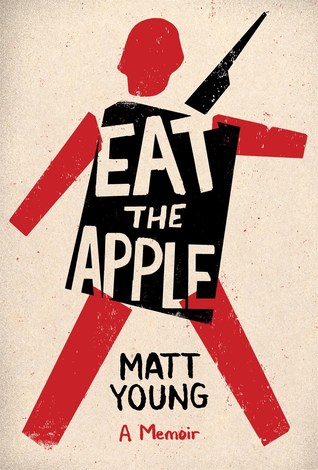Title: Forget The Alamo
Rating: 5 Stars
I know that many people have problems with histories such as these. People, especially those of a traditional / conservative slant, like their stories simple. The story of the Alamo is about as simple as it can get. A couple of hundred white soldiers willingly (and yes, manfully) sacrifice their lives fighting a hopeless battle against a dark skinned tyrannical dictator so that, ultimately, freedom will triumph. It’s the story that they were taught as children and saw in movies. Any challenge to that narrative seems to be an attack on their values or their way of life.
I find the conventional narrative to be overly simplistic. I like understanding the underlying motives that drives men to sacrifice themselves. I like understanding the characters of the men and women that I read about. I understand that history is actually quite malleable. History is not a set of tablets written by the finger of God on Mt Sinai. In fact, historians have their own motivations for writing and oftentimes those motivations are relevant as well.
Unspooling all of that is what the authors do in Forget The Alamo. In Forget The Alamo, the first half of the book is focused on the battle itself. I’ve written about that in a previous post.
The second half of the book is what I call the meta-history of the Alamo. How did we get from this little known, relatively unimportant battle that was fought in 1836 over slavery to where we are now, the Thermopylae of American history fought by immaculate heroes for the cause of freedom?
That is a fascinating story. I mentioned it in the last post, but at the time, no one really cared about the Alamo. Sure, Sam Houston used it as a rallying cry in his successful attack at San Jacinto. After that, it was pretty much crickets. In the ensuing decades, there were many histories written about Texas. In each of them, the Alamo barely merited a mention.
It wasn’t until the late 1890s, some sixty years after the Alamo, that people got interested. Interestingly enough it was two women. Even more interesting, one of the women was Hispanic. Little known today, but Hispanic Mexicans actually played a significant role in the Texas Revolution (known as Tejanos as opposed to the white Texians). They were hoping to create a loose federation with Mexico, but once the revolution started, one of the Tejanos, Lorenzo de Zavala, actually wrote part of the Texan constitution. His descendant, Adina De Zavala, was the Hispanic woman trying to resurrect the Alamo.
The white women was Clara Driscoll. At first De Zavala and Driscoll collaborated. However, at a crucial moment, Driscoll pushed De Zavala out. From there, her organization, the Daughters of the Republic of Texas, set the narrative. Gone were the Hispanic elements. It was all white people, all the time. During this same time, there were historians in Texas that were writing very Anglo-centric narratives. In fact, by the time that the 1930s rolled around, there weren’t really any real historians working on the Alamo. It was considered to be an uninteresting field to focus on.
In 1915, DW Griffiths, most infamous for the silent film Birth of a Nation, never one to miss a chance to be racist, wrote and directed the Martyrs of the Alamo. Not shocking anyone, Mexicans were portrayed as drunks while white people were virtuous and heroic.
Starting in the mid 1920s, a newspaper printed a comic strip about Texas history called Texas History Movies. They pushed the Heroic Anglo narrative in a simplistic and racist manner. The strips only ran two years but proved to be so popular that a published copy of them were sent to all Texas school children for the next thirty years.
In the 1950s, all of this entered the mainstream. Walt Disney, looking to create a hagiographic history that all Americans (OK, white Americans) could get behind, stumbled upon Davy Crockett. With a movie and a television series, the actor Fess Parker became a hero and all of the little kids started wearing wearing coonskin caps. In 1960, John Wayne, never willing to miss a chance to look heroic, took on the same role in the film The Alamo.
During all of this time, no serious Alamo historical research was being done. That finally began to change. In the 1990s, a mere 160 or so years after the battle, serious historians using modern historical techniques began to publish non-traditional histories. Facts like Jim Bowie was a slave trader, that Hispanics had an important role to play in early Texan history, that the battle really wasn’t all that consequential, that the freedom loving Texas Republic was actually a slavocracy that constitutionally outlawed emancipation, allowed no free blacks to live within in its borders, and forbade Tejano men from mingling with Anglo women all started coming out.
Of course, this set the traditionalists off. Thirty years later, the battle still rages. The Alamo was supposed to have a state of the art update to get even more tourists to come to it. Despite all of the dollar signs that that would seem to involve, it can’t get off the ground because no one can agree on what its main purpose should be.
In all of this, not one, not two, but three British rockers enter the picture. First of all, let’s not forget about Ozzie Osbourne and all of the trouble that he got in for drunkenly urinating on the Alamo Cenotaph. Even more interesting is a young rocker named Davie Jones. Not wanting to be confused with Davy Jones from The Monkees, he changed his name to one of the heroes of the Alamo. Some of you might have heard of David Bowie.
And finally, most bizarre of all, is Phil Collins. Apparently, growing up, he became enamored with the Davy Crockett television show. Decades later, in the 2000s, he shows up at the Alamo. His career has passed its peak and he appeared to be somewhat aimless. He wandered into a historical manuscript store and became fascinated, not with just historical documents, but with all things Alamo. He then spent the next decade or so spending millions of dollars buying up ever Alamo artifact that he could find, including but not limited to Jim Bowie’s actual knife and Davy Crockett’s powder pouch.
In his later years, it’s his desire to donate his entire collection that inspired the entire Alamo modernization project. It’s anticipated, that, once finished (fingers crossed!), his collection will serve as the centerpiece of the museum.
There’s only one problem. Once people realized that there was a buyer with big bucks in the market for Alamo artifacts, the number of said artifacts mysteriously dramatically increased. The provenance of many of his pieces are, at best, shaky (one such provenance includes, as proof, the psychic impression of overwhelming sadness associated with a knife).
Having now undergone serious historical scrutiny and analysis and seeing how shaky the entire foundation of the Alamo Heroic Anglo Narrative is, how wonderful and appropriate would it be for the central exhibit of the cornerstone museum to be full of fraudulent objects?
